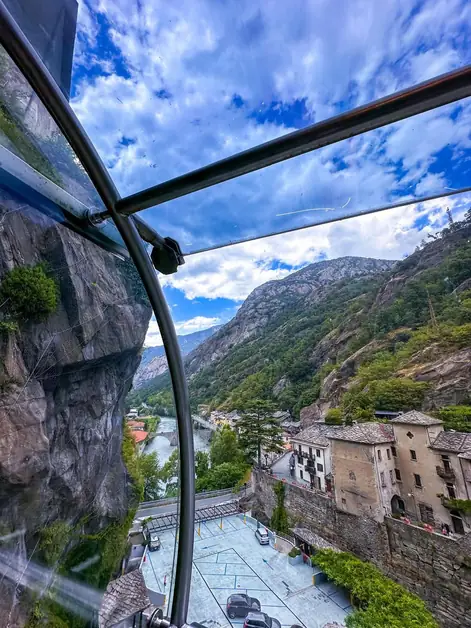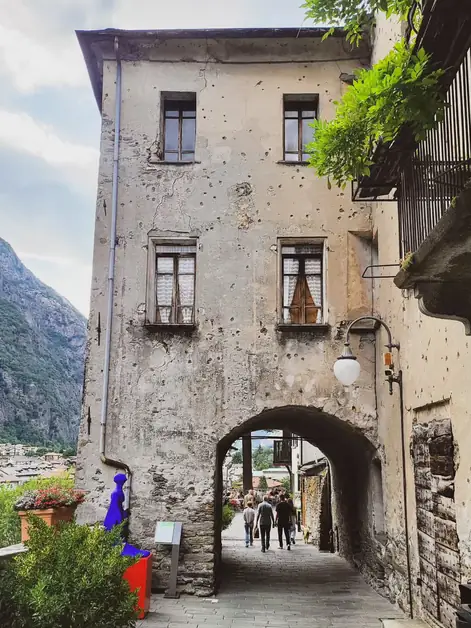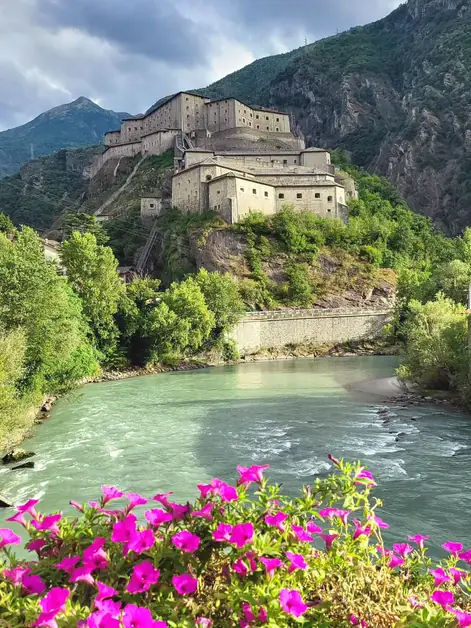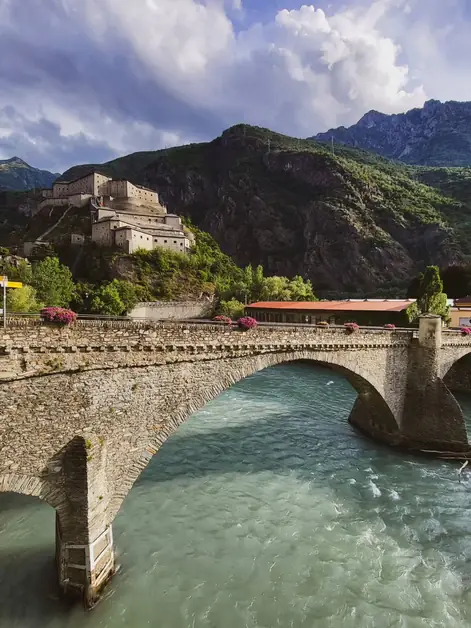Discover the Fascinating History of Palazzo Roncas
Palazzo Roncas in Aosta tells a fascinating story.
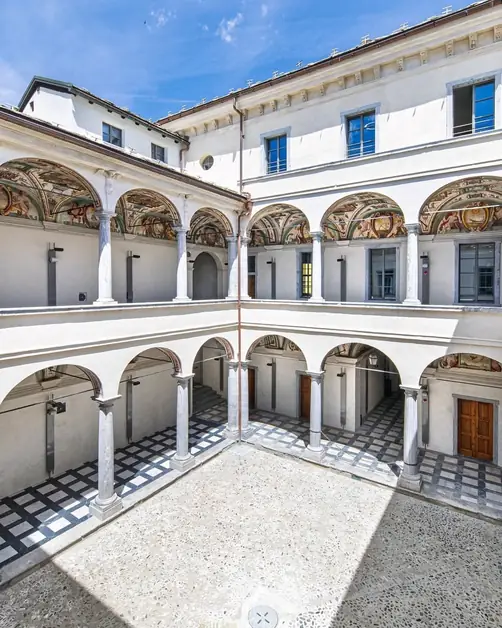
Where is Palazzo Roncas located in Aosta?
Palazzo Roncas is located in the historic center of Aosta, in piazza Roncas. Its position is easily reachable on foot, starting from piazza Chanoux or the Arch of Augustus. The square is a quiet place, away from heavy traffic, allowing visitors to admire the building from different angles.
Who was Pierre-Léonard Roncas and why did he build the palace?
Pierre-Léonard Roncas was a prominent figure at the Savoy court. Born in Aosta, he became the first secretary of state for Carlo Emanuele I of Savoy. In 1606, he decided to build a residence that reflected his prestige and political position. The palace that bears his name remains one of the most important testimonies of the Baroque era in the Aosta Valley.
What functions did Palazzo Roncas have after its construction?
The palace did not remain just a private residence. Over the centuries, it was used as the seat of the Savoy administration, became a sub-prefecture during the Napoleonic era, and later housed the intendant. For a long time, it was a nerve center of political and administrative life in Aosta and the region.
What can be seen from the outside of the palace?
From the outside, the palace shows an elegant, sober, and imposing facade. The architectural lines reflect the Mannerist style typical of the 17th century. Looking closely, one can notice regular windows and a portal leading to the inner courtyard. Even without entering, the building conveys the idea of power and prestige that belonged to its original owner.
Why are the internal vaults of Palazzo Roncas famous?
The vaults of the atrium, the staircase, and the loggia overlooking the inner courtyard are decorated with frescoes created by an Italian school. The scenes depict ancient myths, naturalistic elements, and zodiac signs. The style is Mannerist, with vivid colors and figures reminiscent of 16th-century art. Unfortunately, as it is not open to visitors, these decorations remain hidden from the public.
Is it possible to visit Palazzo Roncas today?
No, Palazzo Roncas is not open to visitors. In the past, it housed the command of the Carabinieri Group of Aosta and has never been regularly opened to the public. This means that tourists can only admire it from the outside while strolling in piazza Roncas.
Why is Palazzo Roncas not accessible to visitors?
The main reason is related to its past institutional functions and the lack of a stable project for public opening. Some internal spaces are not equipped to welcome visitors. From time to time, there are talks of possible restorations or extraordinary openings, but currently, there are no official news.
What is the connection between Palazzo Roncas and the history of the Aosta Valley?
The palace is a symbol of the connection between the city of Aosta and the Savoy dynasty. Built for an important official, later transformed into an administrative center, it represents the transition from private residence to a place of political power. Visiting the square, one can perceive how central the palace has been to the history of the region.
What other historical buildings are located near Palazzo Roncas?
A few steps away are other points of interest in the center of Aosta. The Cathedral of Santa Maria Assunta is reachable in a few minutes, as is the archaeological area of the Roman Theatre. Walking through the nearby streets, one encounters medieval palaces, Roman towers, and well-preserved remains that tell the different eras of the city.
What does it mean to observe Palazzo Roncas as a tourist?
For those traveling to Aosta, stopping in front of Palazzo Roncas means coming into contact with a fragment of history that cannot be experienced from the inside but speaks very clearly from the outside. Photographing the facade, reading its history, and imagining the internal frescoes are experiences that enrich the visit to the city.
